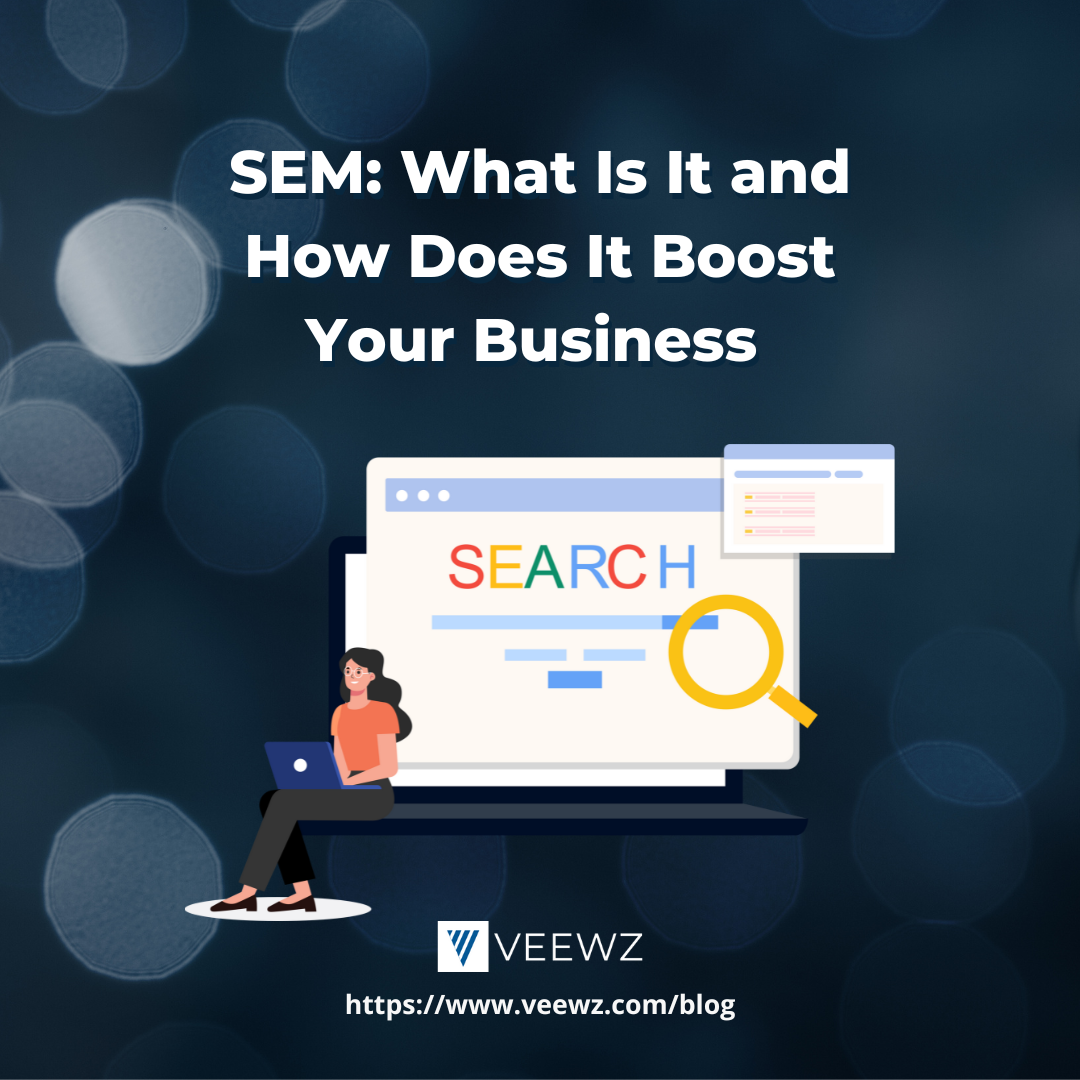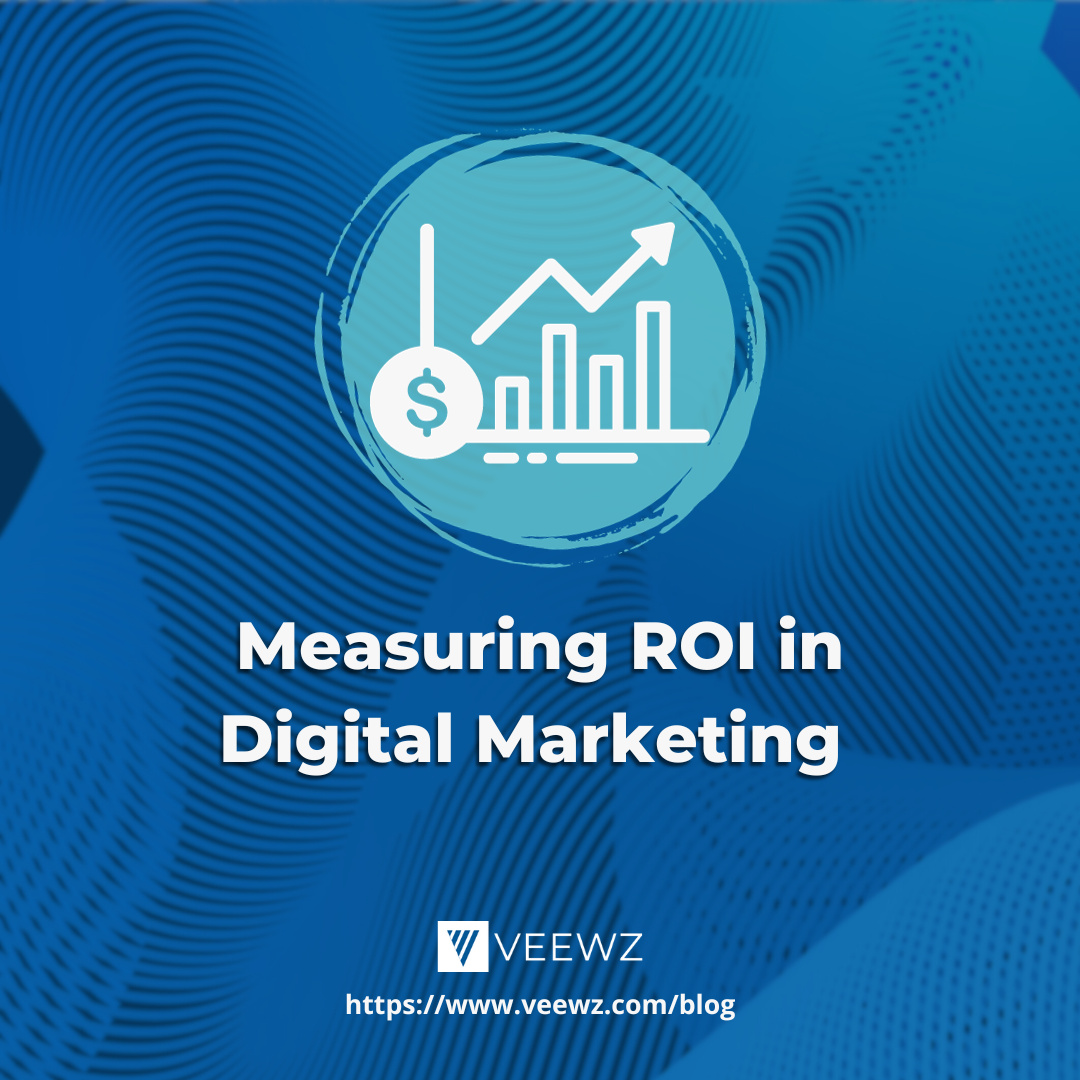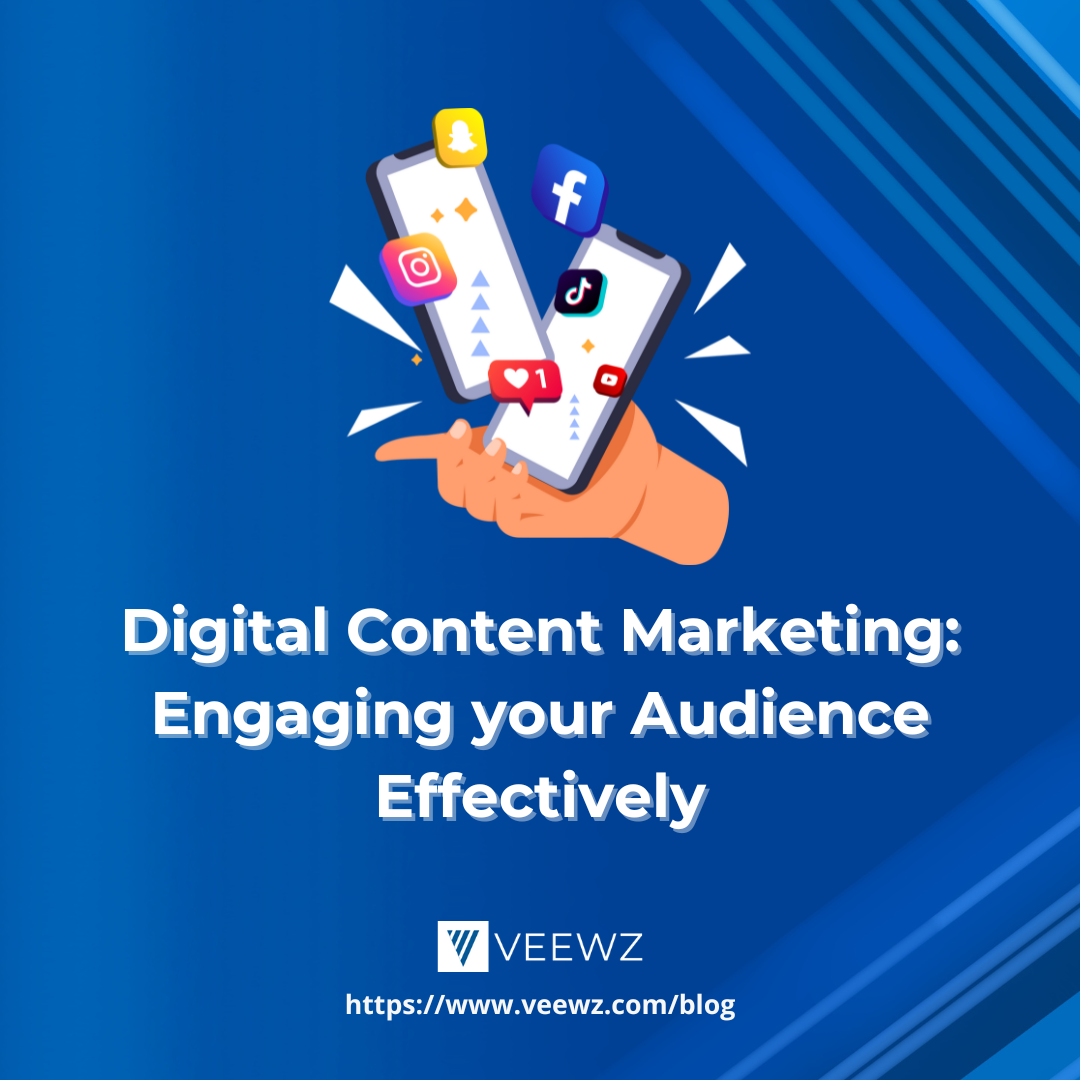
Join the world's greatest audience of engaged, influential professionals to promote your business. Marketers may reach their target demographic by promoting on LinkedIn, the world's most extensive professional network.
Millions of marketers use LinkedIn Ads campaigns to reach their audience. Even the most experienced marketers might benefit from LinkedIn. First and foremost, LinkedIn is the world's biggest networking site, with over 706 million users in more than 200 countries.
Even though you have all the necessary things for the work, you may not get the most remarkable outcomes to run your LinkedIn campaign. A smart initial step is to choose the correct tools like LinkedIn Campaign Manager. But understanding how to utilize it is much more crucial. You may target individuals based on their work activities rather than their personal life.

Here are the four steps to effective LinkedIn advertising:
#1 - Make A List Of Your Objectives
It's pointless to run advertisements if you don't have a clear idea of what you want to accomplish with them. Ads may be utilized to achieve a variety of objectives. It doesn't matter which one you use just as long as you prepare and keep an eye on your final goal. You will find it simpler to complete the tasks if you have a targeted objective.

Here's a list of objectives that advertising is often used to achieve:
- Clicks
You want visitors to engage with the ad and visit your website. Driving traffic is arguably the most typical purpose for LinkedIn advertisements.
- Engagement
This is when you want to get more people to interact with your content and profiles.
- Product advertisement
If you're launching a new item, product, or service, you'll want to advertise it to let your target audience know.
- Employee Prospecting
If you're seeking new hires, categorical advertising is an excellent approach. LinkedIn is an ideal platform for reaching out to workers.
The list of objectives isn't exhaustive, but it should provide a starting point for establishing your ad campaign objectives. Remember that it's all happening on LinkedIn, so it won't always be the same as a more conventional ad campaign.
#2 - Target the Correct Audience
When this comes to marketing, the most critical factor is clarity. Before you begin to think about what type of advertising you'll run, you need to understand your target demographic. You must first know who you are targeting and what they enjoy and would like to see before deciding how to display it to them.
You're undoubtedly aware of the many targeting choices available on various social media platforms if you've worked in digital marketing for a while. Most networks allow you to target individuals based on their hobbies or demographics; however, LinkedIn enables you to reach people based on their professional activities.

LinkedIn advertising allows you to target individuals based on a range of criteria, including:
- Location
The first and only choice for LinkedIn ad targeting is location. You might begin by targeting individuals in a single city or metropolitan region, or you can start with a broad approach and target individuals by state or nation. This targeted feature enables you to contact individuals based on their IP address or the area stated in their profile. You may also select to omit certain places, which might help you reach out to folks who aren't within your targeted area.
- Company
You may target people based on their corporate links, sector, size, name, and following, among other things. For instance, you may target your site followers using the business followers option. To use this LinkedIn ad targeting feature, you must first connect your advertising account to your LinkedIn page.
- Demographics
The population demographics Member age and gender are two independent targeting factors in LinkedIn's ad targeting choices. Member age is merely an estimate based on the data given in the user's profile, while gender is a selection based on the information provided in the user's profile.
- Education
When using the education choices, you may choose from various targeted features for areas of study, member institutions, and degrees. Fields of study focus on a member's principal field of study within their degree, and the choice targets individuals depending on their degree choices.
Member schools allow you to target members based on the school, college, or institution where they finished their studies, and degrees will enable you to target them depending on the rank they attained at their educational institution.
- Years of Work Experience
When it concerns targeting depending on a user's employment experience, various LinkedIn ad targeting choices are accessible. First, you may target members based on their work function, determined by the conventional categorization of the member's job title.
- Traits and Interests
Finally, there are interests and characteristics. LinkedIn ad targeting options enable you to target users based on interest groups, single-member preferences, and member characteristics. Members' specific user profiles, online behaviors, and interactions are also considered.
So, what exactly does it all imply?
As you may see, there are various ways to target individuals with LinkedIn advertisements. With multiple ad types to choose from, you can be as creative as you want with your advertising, depending on who you're trying to target.
You have ample opportunities to target different people using LinkedIn's many audiences targeting choices. Still, like with any paid ad, you must be smart and adaptable and take the time to study what functions work best for your company.
You may use the network to allow Audience Expansion or create a lookalike audience. LinkedIn's systems will find more audience members close to your intended audience if you choose either option. These alternatives will help you reach a larger audience and create additional data to assist you in improving your campaigns.
Optimize LinkedIn targeting with your company data by using Matched Audiences. Website Retargeting, Contact Targeting, and Account Targeting are all targeting options that help you re-engage site visitors, nurture prospects, and manage account-based marketing (ABM) campaigns.
Once you better understand your audience, you can start tailoring material to be more relevant to each section and testing to see what works best.
#3 - Select the Appropriate Type of Ad Type
The next significant step is determining the ad to use after deciding who you target. When it comes to picking the correct kind of ad to run on LinkedIn, you have many options. Sponsored Content, Sponsored InMail, and Text Ads are the three most essential solutions.
- Sponsored Content
When LinkedIn users visit the platform, sponsored content adverts appear in the newsfeed (or the app). These advertisements appear with other updates in a user's newsfeed. The expense of hosting sponsored content is determined ahead of time depending on the quantity of visibility you want on people's feeds. You can use plain text or combine it with multimedia material such as photographs or short movies.
- Text Ads
Text ads appear on the LinkedIn website's sidebar. They're not as interwoven into the LinkedIn site as sponsored content advertisements, and they work more like pay-per-click ads in that the more people click on the ad, the more you pay. The advantage of text advertisements is that you can obtain a more exact notion of how successful your ad is (by looking at clicks), but it isn't always a clear decision since it's more obtrusive than sponsored content ads.
Text advertising usually is less expensive. However, they are ineffective in comparison to other sorts of ads. The most critical drawback of text advertisements is that you are restricted to utilizing text and do not have the same creative flexibility as other ad formats.
- Sponsored InMail Advertising
Sponsored InMail Advertising are advertisements sent straight to the inboxes of subscribers. They aren't fully integrated into the Linkedin customer experience, but they are more specifically targeted at them. Sponsored InMail Advertising seems less like public billboards and more like customized communications delivered individually. Although you can use multimedia in these advertisements, they are primarily text-based since they use Linked in's messaging feature.
The disadvantage is that many people despise receiving advertisements in their inboxes, and you can send the incorrect message to the individuals you're trying to reach. Keep your tone and style in mind. If you're overly dry, folks could be turned off by you. People may not understand it's an ad if you're too open, and they may try to answer - and you don't want to be handling that many discussions.
The ad you wish to employ will vary depending on your target demographic. Consider sponsored InMail or Sponsored Content advertisements if you believe customization is the most critical factor. Look into Text Ads if you think you can get away with less and want to reach a large audience. You may also choose various ad kinds for maximum exposure if your budget permits it. However, you must be cautious not to overexpose your intended audience to advertisements since this may turn them off.
#4 - Select the Appropriate Ad Format
You may advertise updates to your Business or Showcase a Page with Sponsored Content, or you can generate fresh Sponsored Content. Try developing many versions with different creativity to evaluate which version of your Sponsored Content provides the most remarkable results.
You may add an image, title, and short description to Text Ads and a link that will appear when the ad is clicked.
Depending on the ad category you choose, multiple ad formats are available. The design of your ad will be primarily determined by the kind of material you select to put in it. It's important to remember that certain ad types can't use specific formats (for example, text advertisements can't use videos). Therefore, not all formats can be used with all ad types. The following are the primary formats from which to choose:
- Single picture advertisements
On LinkedIn, single picture advertisements are the most popular.
- Carousel Advertisements
Carousel advertisements are unique to sponsored content. It's a basic ad with one carefully picked picture to follow some text. In this kind of advert, you may utilize more than one picture.
- Video Commercials
Video commercials are more interactive than picture advertising. They're helpful if you're attempting to show off more than one product you're introducing or don't think you can get the idea through with just one image. They can convey more information in the same area as words, illustrating more than a single picture could. You may also use music or other sound effects to help your ad stand out.
- Follower Advertising
Follower advertising is designed to get people to your LinkedIn profile and increase the number of individuals who follow you. They aren't to sell goods and services. It's all about increasing the number of people who like your page. It's the most effective way to increase your LinkedIn following.
- Spotlight Commercials
Spotlight commercials are created expressly to promote goods and services. Spotlight advertisements are a significant choice if you have a single product you recently introduced and want to concentrate your advertising on that one product.
- Job Advertisements
Job advertisements exist to allow prospective workers to learn more about your firm and see whether they'd want to work with you. Although not the most prevalent ad on most websites, there is no better location to post job advertising than LinkedIn.
Overall, using LinkedIn as part of a general marketing strategy or as your only source of promotion and recruitment is a smart move. You can monitor your campaign's total impressions, clicks, social activities, and budget. LinkedIn users who connect with your content begin social activities — it's natural, unpaid involvement.
To examine how each ad in a campaign is doing, go to that campaign's page. You may use this information to tweak your advertising, fine-tune your targeting, alter your budget, and turn on and off ad versions depending on performance.
Conclusion
Understanding your ideal consumer and concentrating on meeting their needs and desires with information about your company is crucial to your success. By using paid ads to scale up, you may reach different audiences comparable to your target consumers.
Remember that the world is continuously changing—new users join LinkedIn all the time, and established members move employment. As a result, don't forget to conduct trials and tests.
About the Author
Related Article

SEM: What Is It and How Does It Boost Your Business

Measuring ROI in Digital Marketing

.png)












.png)






















.png)

.jpg)





.jpg)





